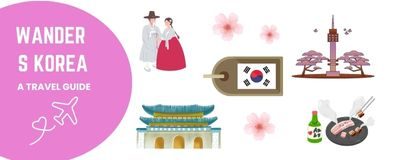
While you aren’t expected to follow every nuance of Korean etiquette, many locals genuinely appreciate it when you make an effort.
I have found that culture shock often plays a big role in shaping your experience.
Even after living there and visiting often, I still experience culture shock when I visit.
My observation is that some customs are strictly observed, while others are more subtle and may go unnoticed. Cultural differences, social norms, and everyday habits can still come as a surprise.
Learning some basic phrases and understanding some basic etiquette can help ease some of these surprises and make your journey smoother.
Are you curious about what everyday behaviors might surprise you in South Korea? This guide will help you discover some customs, gestures, and everyday situations that might catch you off guard.
TL;DR – Top 5 Korean Etiquette Tips to Know
- Use two hands when giving or receiving anything — it shows respect.
- Stay quiet on public transportation — no phone calls and keep conversations low.
- Don’t stick chopsticks upright in rice — that’s reserved for funerals.
- Toilet paper isn’t always in the stall — check near the sink or door first.
- Don’t tip in restaurants — it’s not expected and may cause confusion.
Read on for a deeper dive — and don’t worry, you don’t need to memorize it all. A little awareness goes a long way!
Exploring South Korea: Tips for Public Spaces
While it’s not necessary to remember every aspect of South Korean culture and etiquette, understanding the essentials can make your visit smoother and more enjoyable.
This guide will help you navigate some cultural norms, focusing on the etiquette practices and everyday customs that often lead to culture shock for travelers.
By exploring these key aspects, you’ll feel more comfortable and confident while traveling in South Korea. Below are the most common culture shocks and customs you’ll likely experience daily.
Giving and Receiving
It is considered polite etiquette to give and receive with 2 hands or one hand touching your elbow.
Some may argue this is unnecessary, but I find that locals appreciate the gesture as it shows I understand and respect the culture.
In the end, most locals will not be offended if you do not follow this etiquette by only using one had to gie or receive.
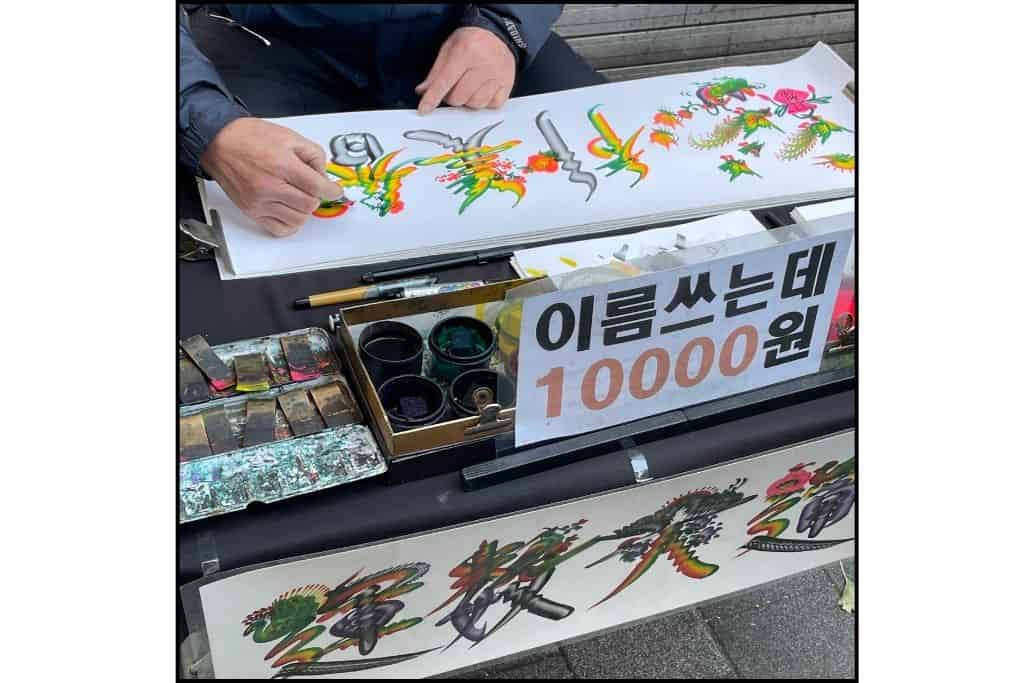
Remove Your Shoes
It is customary to remove shoes when entering homes, hotel rooms, temples, and some traditional restaurants.
This practice stems from the belief that shoes worn outdoors on dirty streets are unclean.
I recommend wearing shoes that are easy to slip on and off and bringing socks if you wear sandals.
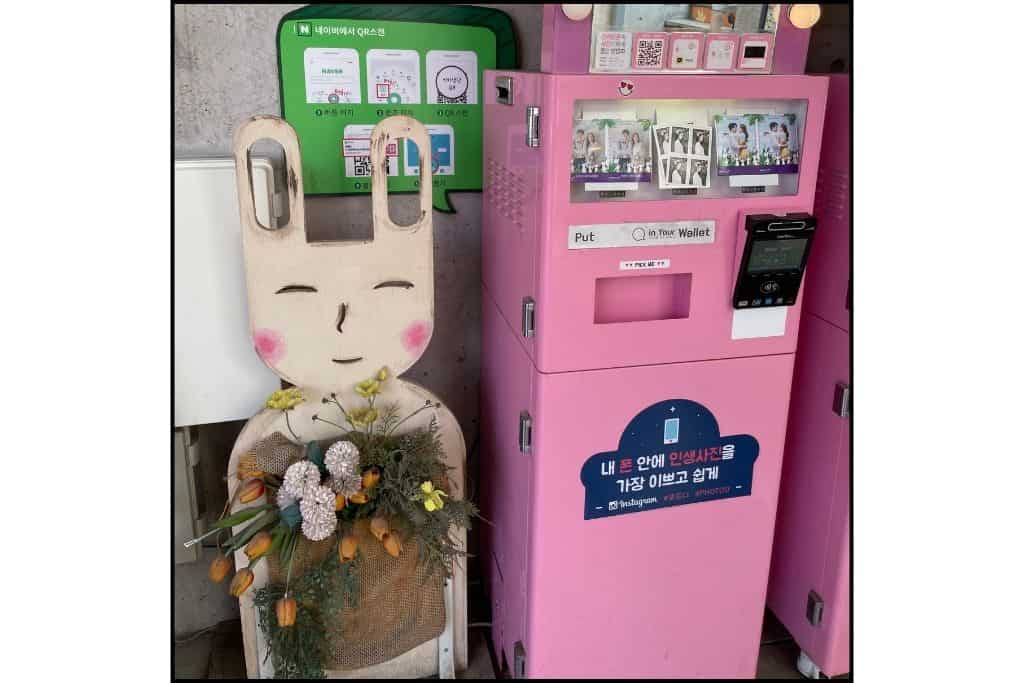
At hotels, you’ll often find a designated area to leave your shoes, and slippers are typically provided for indoor use. Be sure to respect this custom and avoid wearing your shoes inside the hotel.
At traditional restaurants, you’ll often find shoe cubbies and sometimes indoor slippers you can wear while walking around.
It’s perfectly fine to walk around in your socks, but I wouldn’t recommend going barefoot. If you’re wearing sandals, bring a pair of socks just in case.
Many of these restaurants also provide separate slippers for the bathroom. Be sure to switch into the designated bathroom slippers when using the facilities.
No Holding Doors Open
It is not customary to hold doors open for others in shops or public spaces.
People generally do not expect anyone to keep the door open for them and will often let it close behind them without concern.
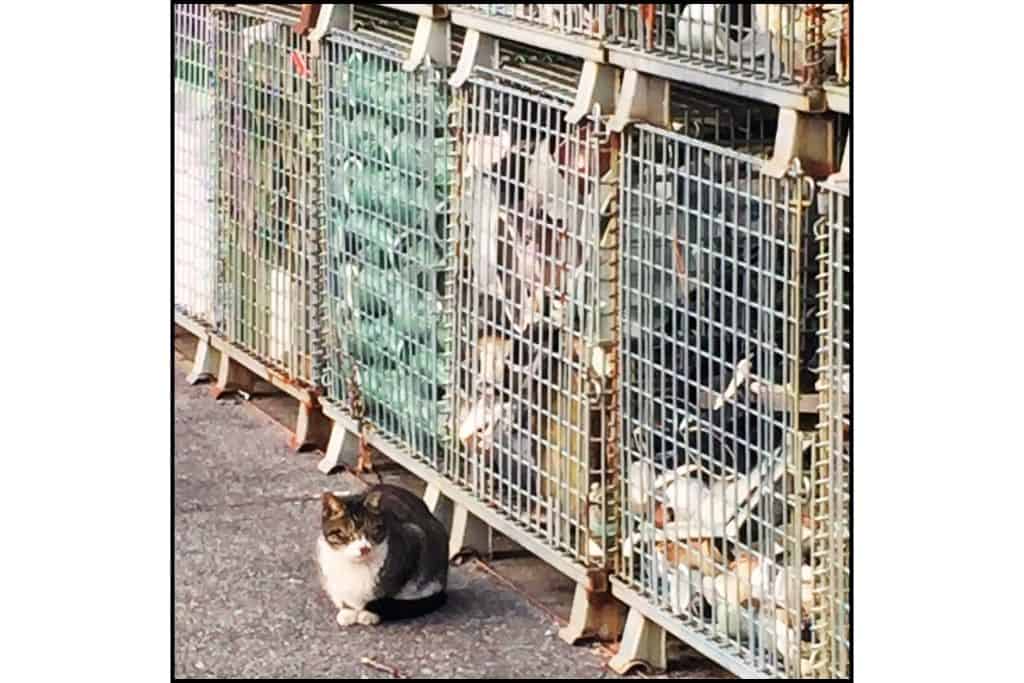
This behavior is not seen as rude. If you choose to hold a door open, you might notice surprised reactions.
Depending on the flow of traffic, you could find yourself holding the door longer than anticipated.
Scooters on Sidewalks
Be mindful of your surroundings while walking, as delivery scooters often ride on the sidewalks without yielding to pedestrians.
Staying alert can help you avoid an unexpected collision. Pedestrians do not have the right of way.
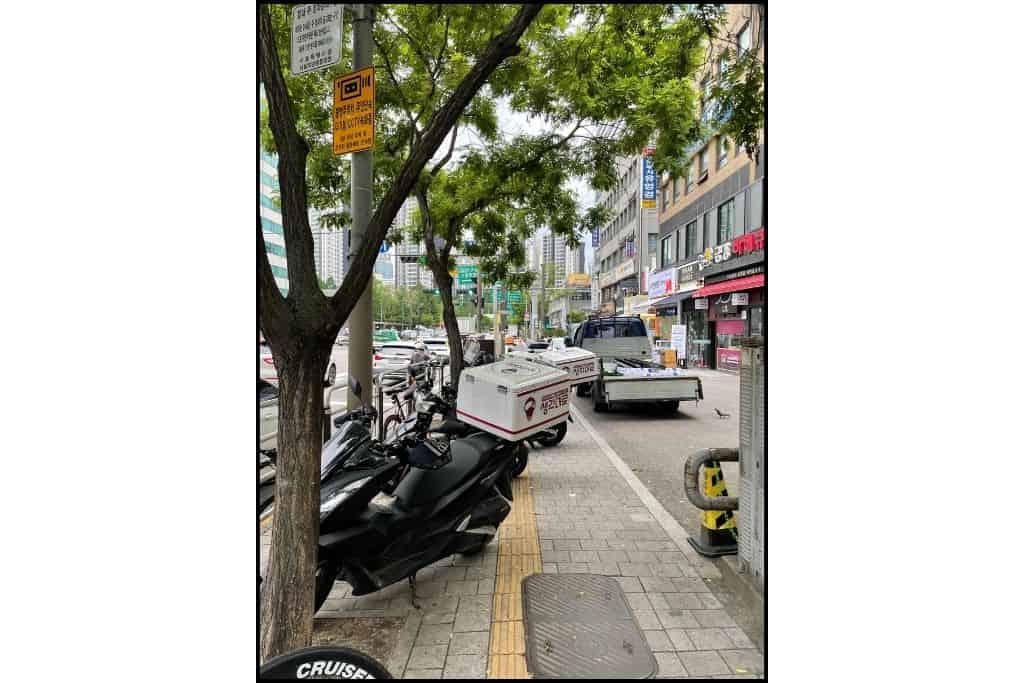
Crosswalks and Pressing the Button on the Pole
You may encounter some crosswalks with two buttons: one that emits a sound to assist visually impaired pedestrians and another designated as an emergency button. It is not necessary to push to cross.

The light to walk can take a long time, so people will run to it when it’s close to ending. You might see people running to cross and wonder what is going on.
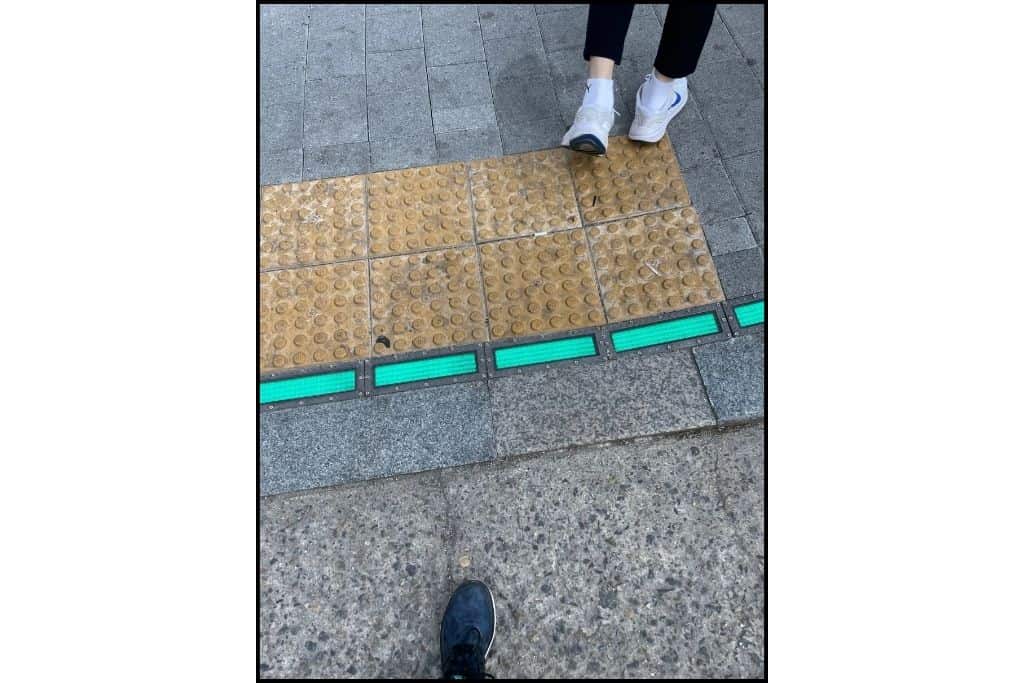
Also, you may see red and green lights at street level. This is because so many people are looking down at their phones nowadays.
Public Trash Cans
One striking difference you’ll notice in South Korea is the scarcity of public trash cans. It’s uncommon to find them while walking around.
Convenience stores have trash cans, but they are typically reserved for items purchased in the store.
Avoid entering just to dispose of unrelated trash. Additionally, restroom stalls may have bins, but these are for disposing of used toilet paper, not general waste.
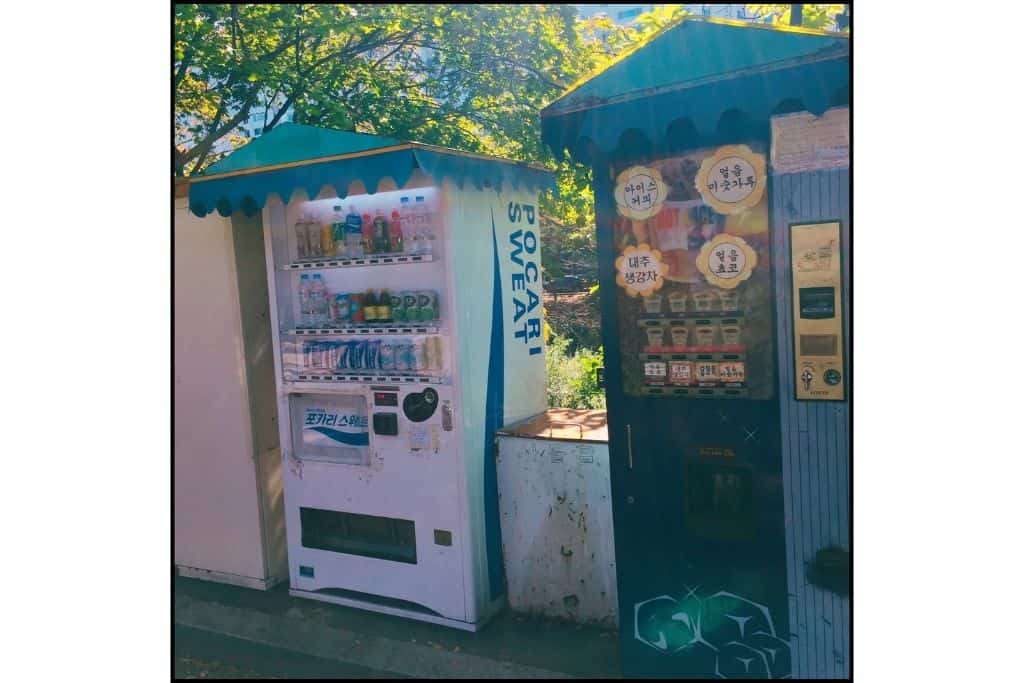
To manage your trash, it’s a good idea to carry a small plastic bag with you.
Be mindful that trash disposal in South Korea is highly regulated, with strict rules about separating waste and hefty fines for noncompliance.
Depending on where you’re staying, you might encounter specific guidelines for sorting recyclables and general trash.
At night, you may see piles of garbage in busy areas due to the lack of public trash bins.
While it might feel inappropriate to add to these piles, they are typically cleaned up overnight. You can either contribute to these piles responsibly or take your trash back with you
Public Seating and Benches
Another thing I noticed while in South Korea was the lack of anywhere to sit. As you know, you do a lot of walking in South Korea.
Sometimes it’s nice to take a rest and people-watch. Then you notice there really are not many benches around to sit on.
You can always visit a cafe for a quick rest. But sometimes I don’t want to buy anything, I just want to sit for a few minutes.
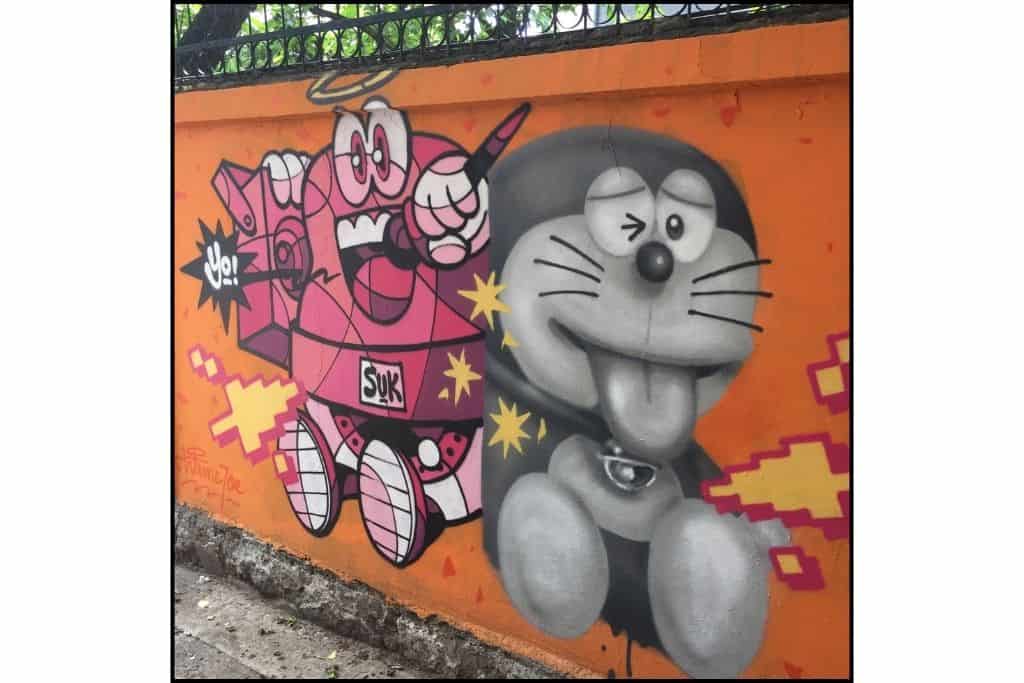
Queuing In Line
People usually line up orderly for the subway or at cafes, but you might notice elderly individuals occasionally cutting in.
South Korea has an age-based hierarchy, and it’s generally best to respect this by allowing older individuals to move ahead.
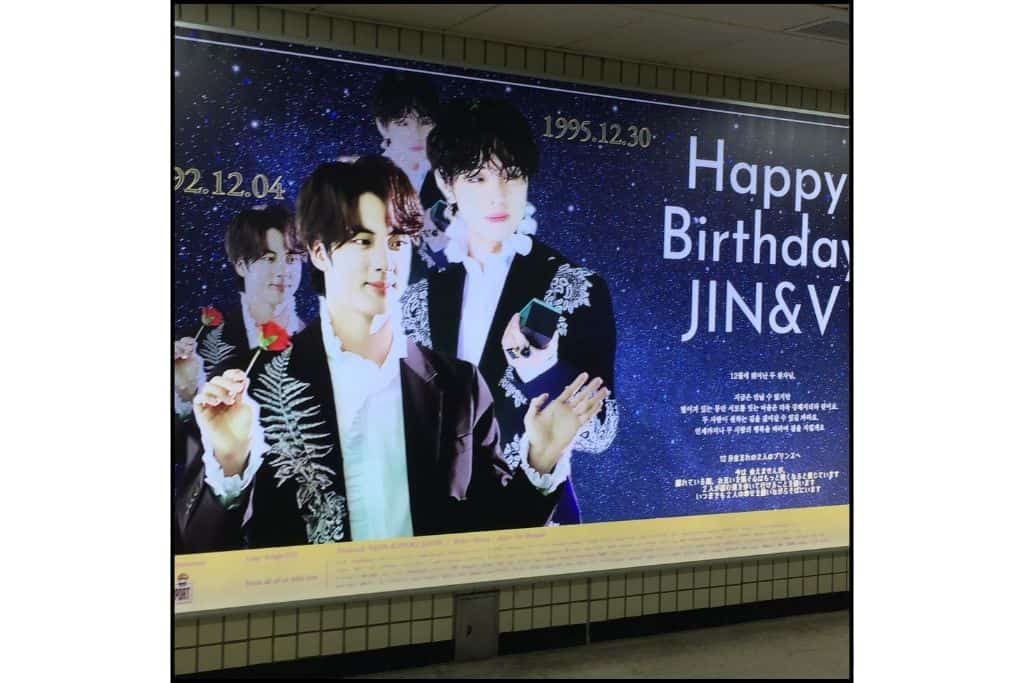
I’ve encountered this many times, and while it can be frustrating, I remind myself that I’m a visitor in their culture and choose to let it go. Making a fuss will only add to your frustration.
Subway Etiquette In South Korea
When using the subway in South Korea, it’s important to be mindful of local etiquette to ensure a smooth and respectful experience for everyone.
Let’s take a closer look at some of the key subway etiquette practices that will help you navigate the system with ease and show respect for fellow passengers.
Eating And Drinking
On public transportation, like buses and subways, is generally not allowed in South Korea.
While you might see some folks with drinks on the subway, or discreetly sip a drink or take a quick bite on the subway, it’s different on the bus. The subway tends to be a smooth ride.
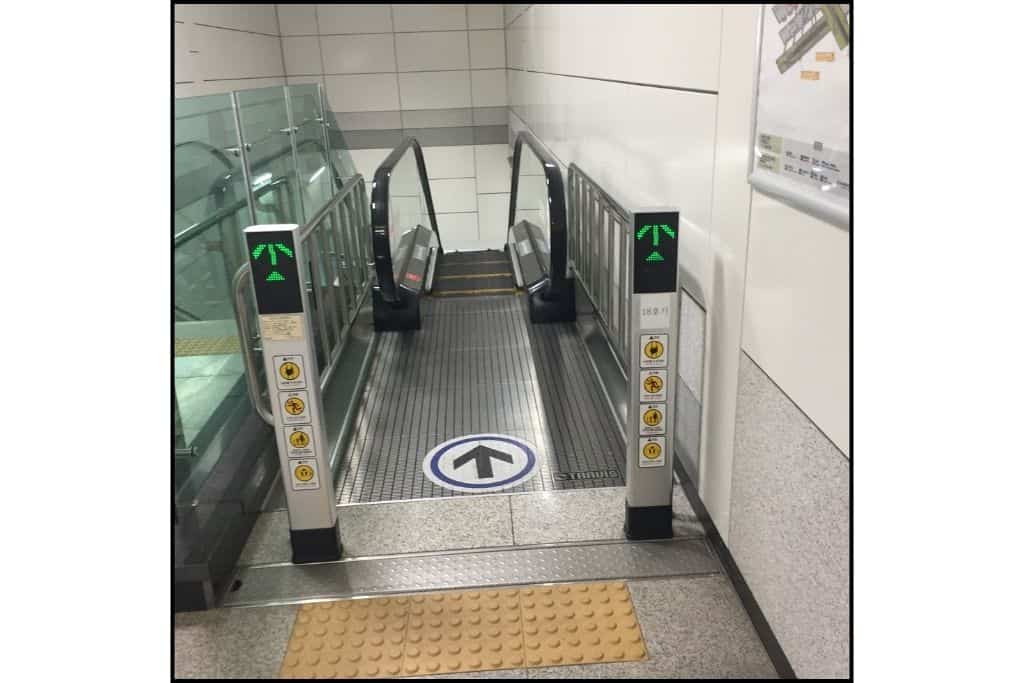
The bus can be a bit rough, with quick stops and starts, making it challenging to manage food or drinks even if it were allowed.
Bus drivers are attentive and quick to notice passengers’ actions, so it’s best to respect the rules and avoid eating or drinking on the bus altogether.
Talking And Making Noise
Please keep talking and noise to a minimum on buses and the subway. If you need to talk, keep your voice low and conversations brief.
There will be plenty of time to chat once you’re off public transportation and exploring the city.
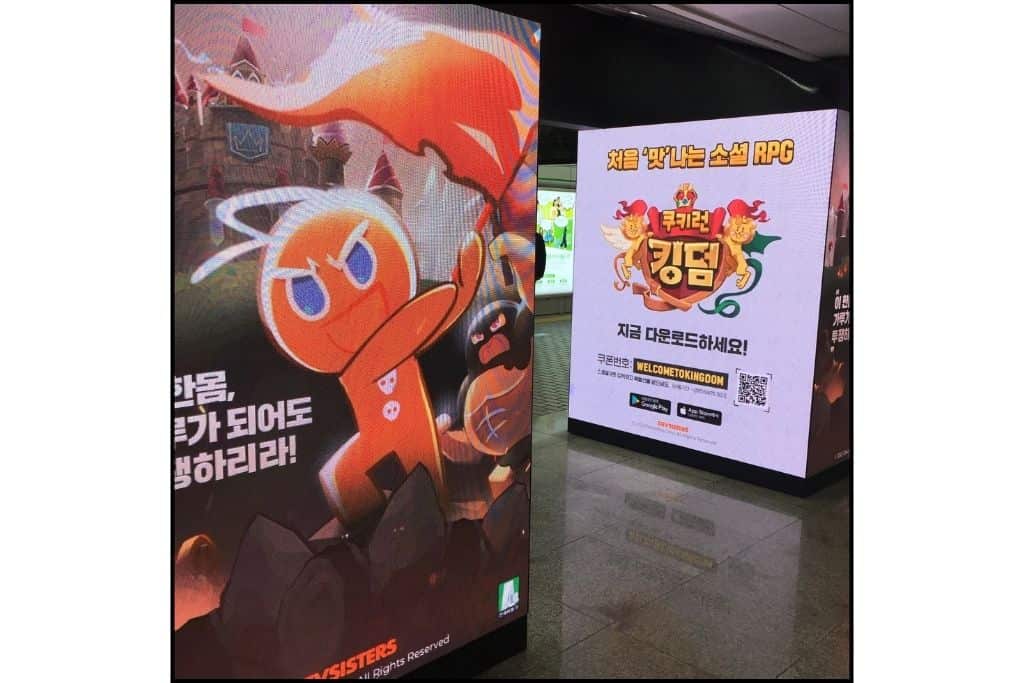
On a bus ride to a temple in Busan, two friends sat in front of me, and one of them talked nonstop for the entire 45-minute trip.
It was, admittedly, quite obnoxious and exhausting. So please be aware of your surroundings and take note of what the locals are doing.
No one wants to listen to you talk nonstop for the entire bus ride.
Be Mindful of Your Personal Space
South Korea’s dense population means people are everywhere, so being mindful of your personal space is essential.
Ask yourself: Are you blocking an entry or exit? Standing in the middle of an aisle? Is your backpack too close to someone’s face on the subway? Y
ou get the idea. In such a crowded environment, personal space is limited.
Coming from the U.S., where personal bubbles are larger, this can be an adjustment, but it’s a natural part of daily life in South Korea.

When using public transportation like the subway, expect to be lightly pushed aside or bumped into. This isn’t done out of malice—it’s quite normal and just part of the flow in crowded spaces.
Priority Seats
Avoid sitting in the priority seats designated for the elderly, pregnant women, and others who may need them.
If the subway is mostly empty, it’s generally fine to sit there, but as soon as an elderly person boards, be sure to stand up and move.
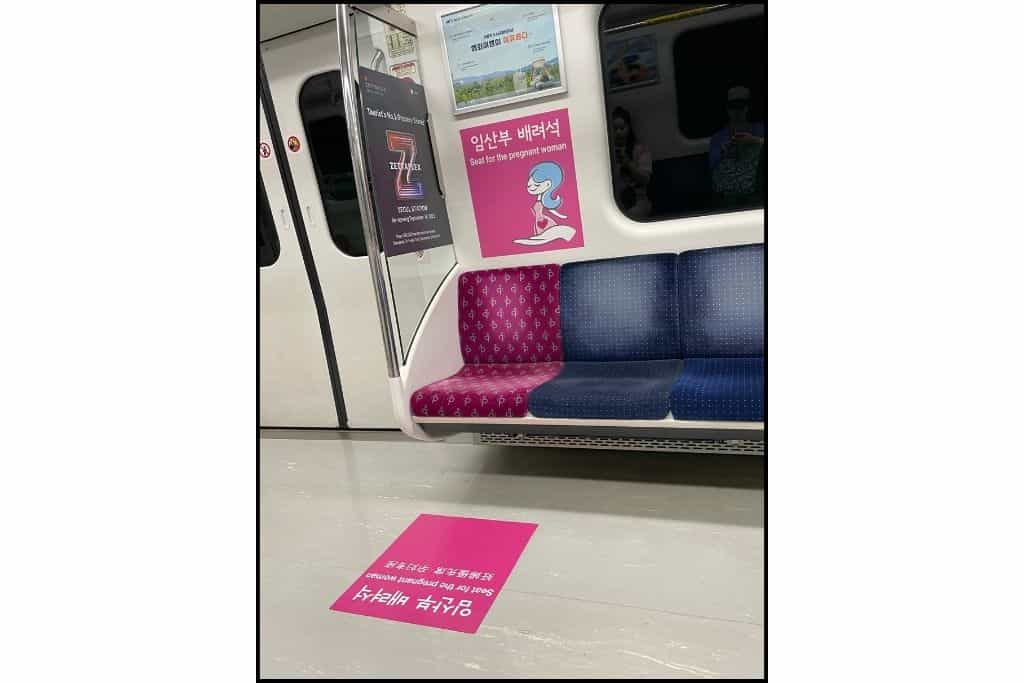
The priority seating for the elderly is at the end of the car. The seats for pregnant women are pink. Pregnant women may also have a badge on their purse or bag, giving them priority to seating.
Bathroom Basics: Culture Shocks and What to Expect
Navigating public bathrooms in South Korea can be a unique experience, especially for first-time visitors.
Understanding the common practices and what to expect will help you feel more prepared and avoid any surprises.
Where Is The Bathroom?
Bathrooms in South Korea can be a surprising area of culture shock for some. One common concern is finding them.
Fortunately, you can use apps like Naver Map to search for nearby restrooms, which are widely available.
They are even on hikes! The easiest options to locate are in subway stations, where facilities are typically well-maintained and accessible.
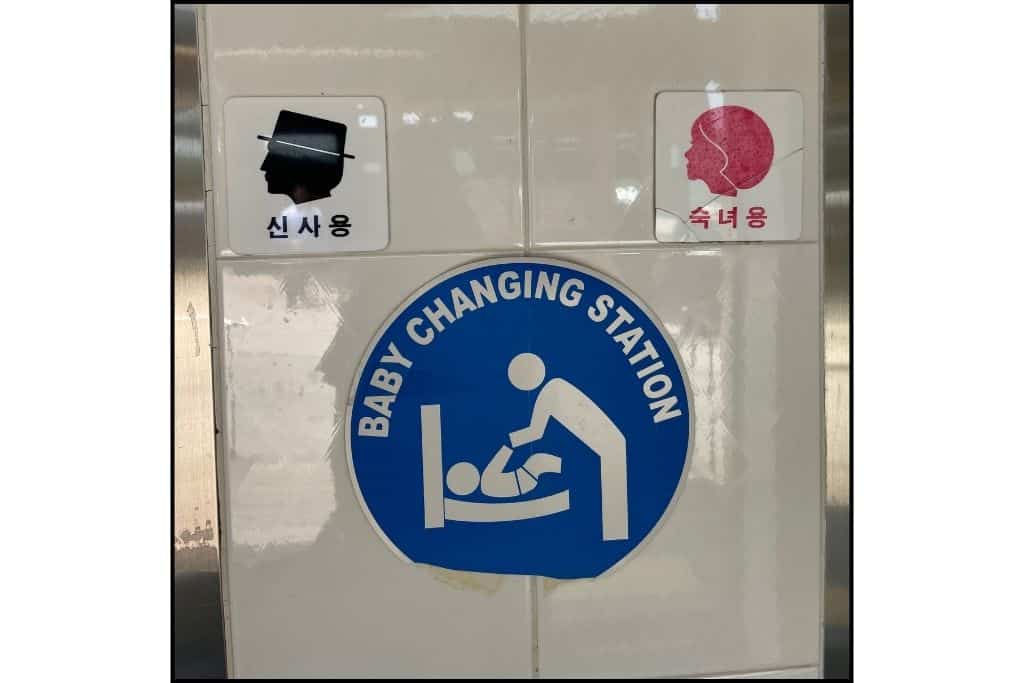
In buildings, restrooms are often located in stairwells or designated areas, though some floors may have individual facilities. Occasionally, you might need a door code to enter.
To check if a stall is occupied, it’s common practice to knock on the door. If someone knocks back, it means the stall is in use.
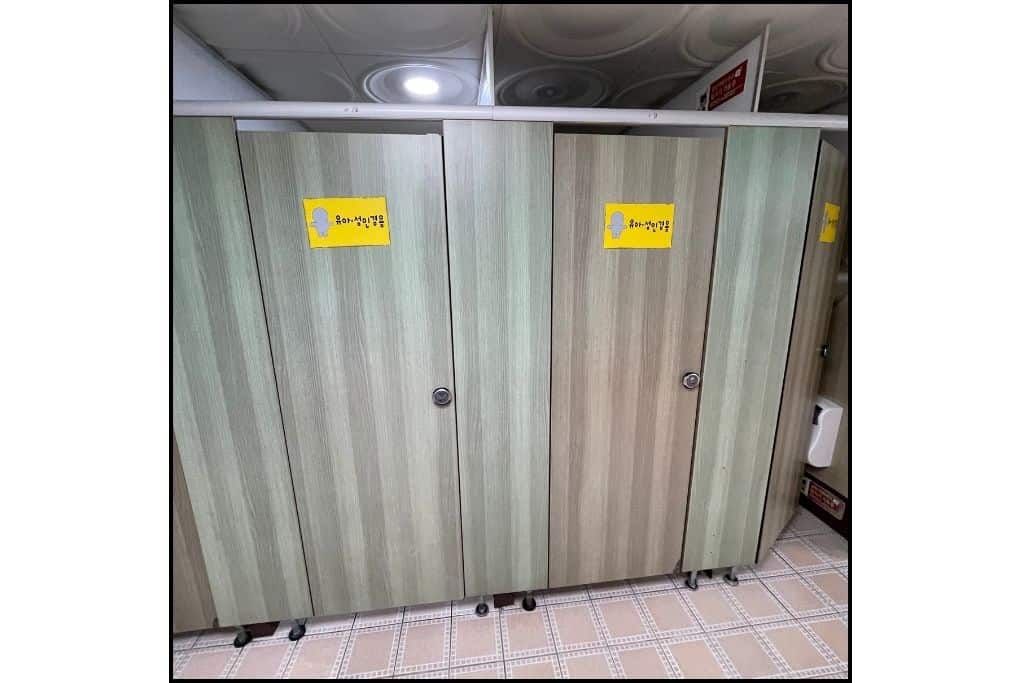
Bathroom signs in South Korea are similar to what you might expect elsewhere, typically using a blue figure for men and a pink figure for women.
The stalls are private, with doors that close completely—no awkward gaps here! Inside, you’ll often find thoughtful touches like hooks for your coat or bag and a small shelf to hold your phone or other belongings.
Where’s The Toilet Paper?
For starters, the toilet paper is sometimes on the outside of the bathroom stalls. I’ve even seen toilet paper rolls near the door of some restaurants, as bathrooms are central to the businesses and located elsewhere.
I advise carrying tissues in case you forget to grab some on the way to the stall or it’s empty when you get there.
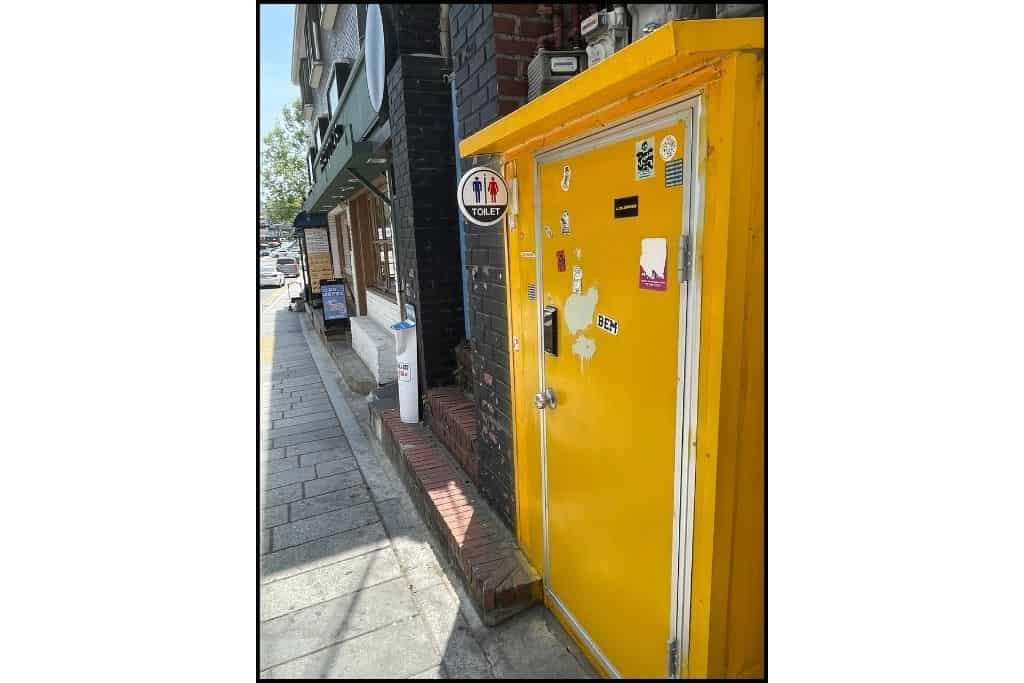
In the places you cannot flush the toilet paper, typically older buildings, you will see a bin in the corner and often a sign not to flush the toilet paper.
I know it seems weird and even gross, but please do not flush the TP. You do not want to be the person who clogs the toilet. The pipes are old and unable to handle the TP waste.
In bathrooms where you can flush the toilet paper, there is no bin in the corner, and often signs instructing you to please flush it.
These will typically be in subway stations and newer buildings like malls. In fact, some of the nicest bathrooms I’ve used were in a mall.
Squat Toilets
You will most likely see mostly ‘western toilets’ on your visit. In some older subway stations and at the bus rest stops, you will find squat toilets.
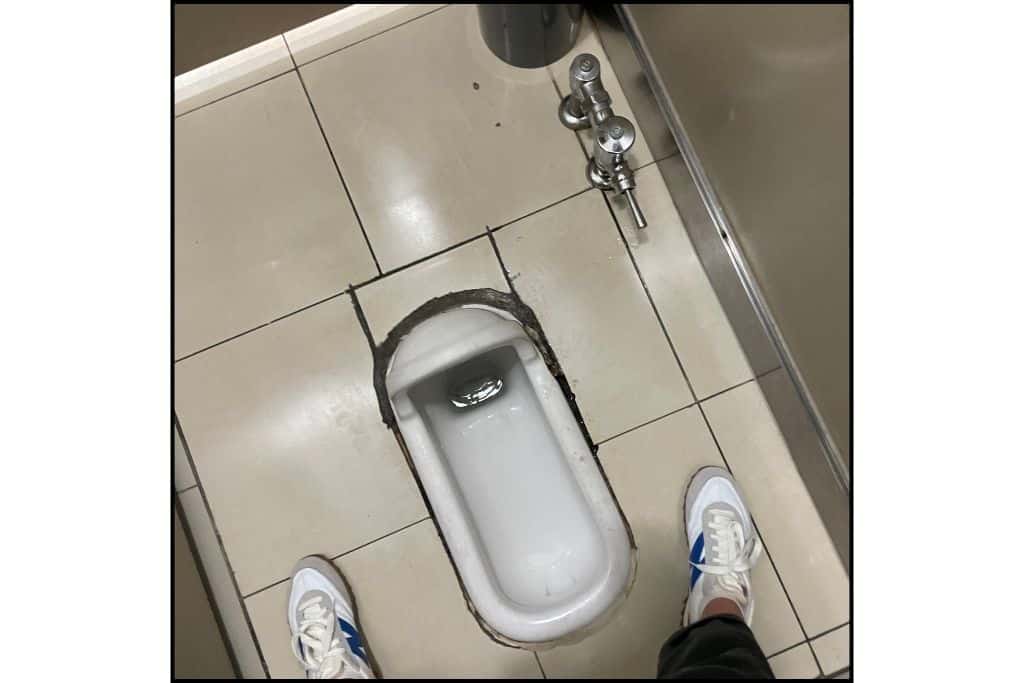
Most folks will politely wait for the western toilet, leaving the squat toilets open for use. I actually like the squat toilets because there is usually no line for them, plus I don’t have to touch anything.
Hand Washing
You might notice some folks skip washing their hands after the toilet. Then, when you get to the sink, you might understand why.
Oftentimes, there is no soap or paper towels to dry your hands. There is no hot water, even in the winter. Sometimes, I have seen a bar of soap on a stick to use, but there is no paper towel.
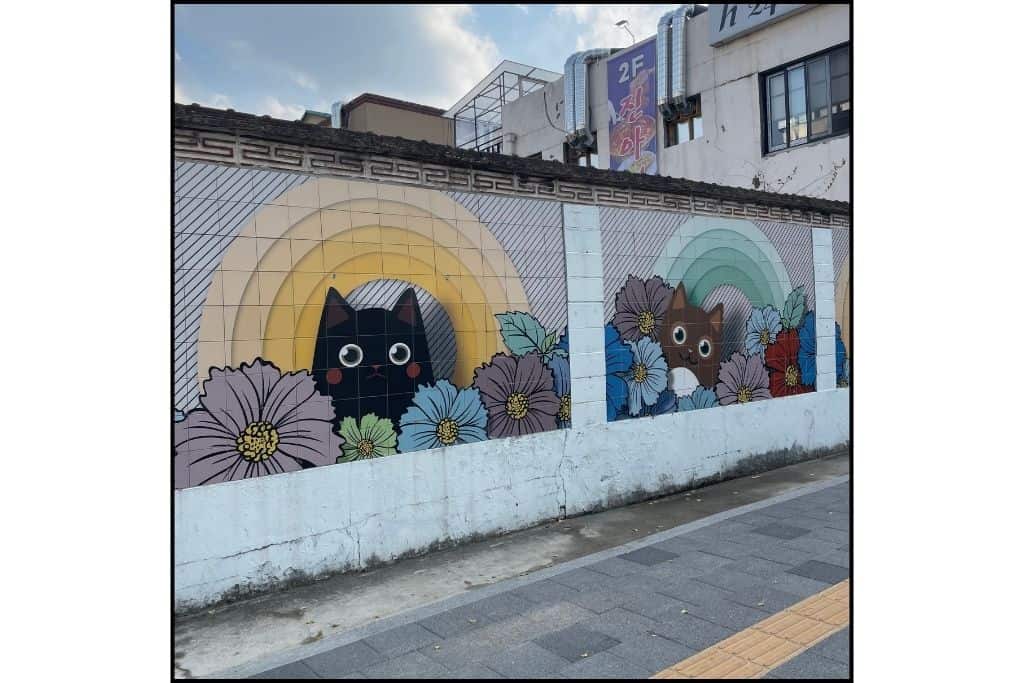
I carried a small towel to dry my hands. When I forgot the towel, I would let my hands air dry. I strongly encourage folks to carry wet tissue and/or a small towel for this reason.
Navigating South Korea’s Cafe Culture
Cafe culture is deeply ingrained in South Korea, making cafes a central part of social life.
Instead of gathering in homes, people often meet, socialize, or even study in these bustling spaces, which can get quite crowded due to their popularity. Let’s explore some etiquette for cafe culture.
Ordering
“Instagram-able” Cafes in South Korea are like no other I have experienced. Some are very “Instagram-able” making them quite popular and very busy. Because of their popularity, everyone in your group must order a drink.
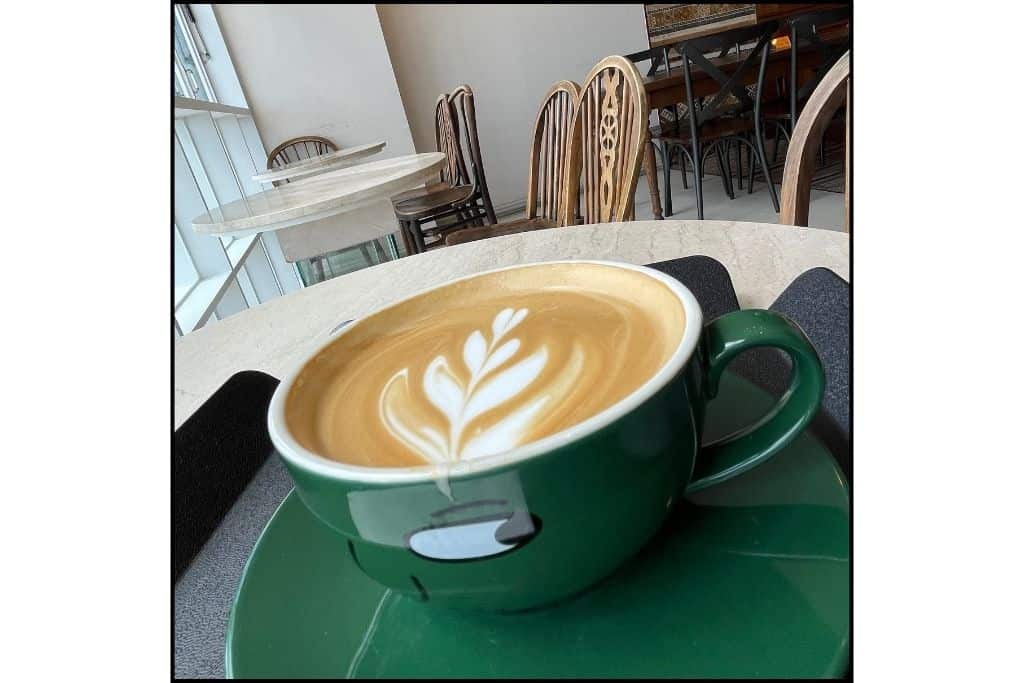
Some places can require each person to order a drink and a dessert. They will tell you this as you are ordering.
If you do not agree, you will need to leave, as it is their policy. They will not make an exception.
Time-Limited Seating
Also, some cafes can get extremely busy at popular times like the weekends, so they will limit your time to usually 2 hours. Don’t be surprised if there is a line or a waiting list to get in.
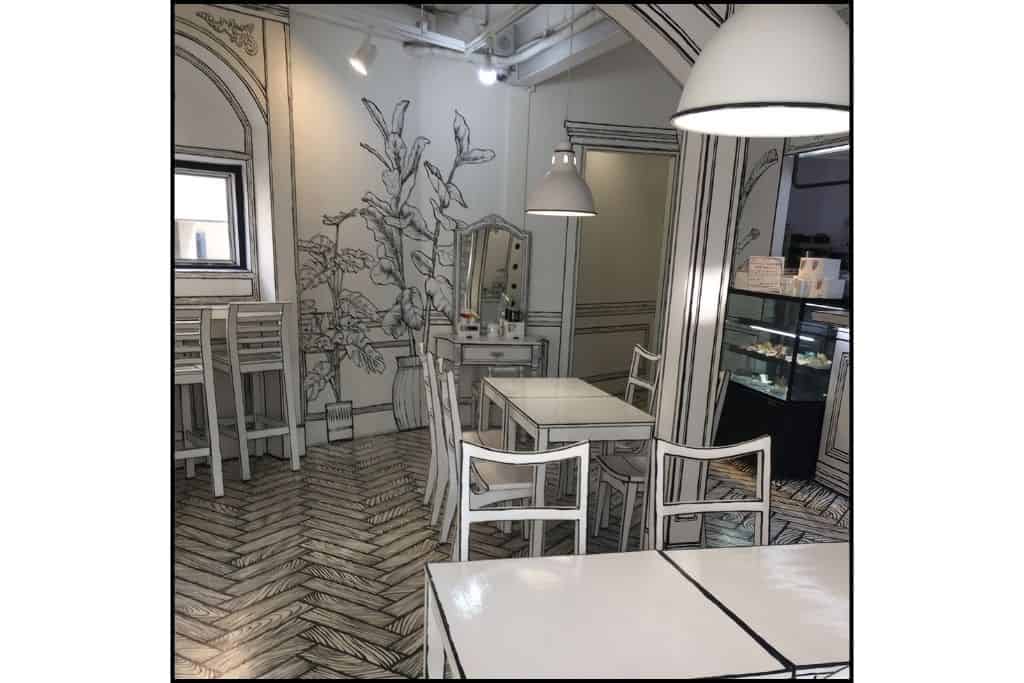
There are other cafes you can visit that are not as busy with a waitlist to get some coffee and take a rest.
These are generally chain coffee shops where you order on a screen and wait for your order. Depending on the area, these types of cafes can get busy as well. Usually, there is no time limit, but someone will let you know if there is.
Leaving Belongings At The Table
In South Korea, it is generally considered safe to leave personal belongings, such as your phone or bag, unattended at a table while you step away, even to use the restroom.
Petty theft is relatively uncommon, thanks in part to the extensive network of CCTV cameras throughout the country. It’s customary for people to leave their things behind to hold their spot.
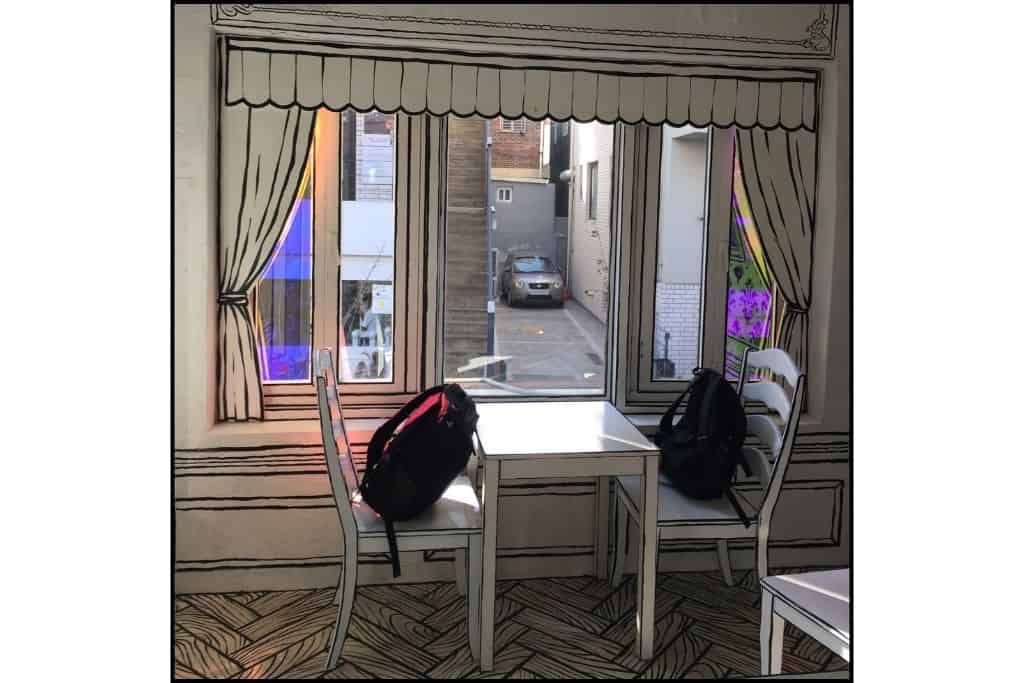
That said, there’s always a slight risk, so I personally do not leave items of significant value unattended, like my wallet and passport.
Interestingly, this cultural norm is one of the most striking differences for me, even after living in South Korea for two years and visiting often.
It continues to stand out as a major cultural adjustment, despite the country’s overall safety and trust in public spaces.
Finding A Seat
In general, you can select a seat and put your coat or bag there before waiting in line to purchase your drink. That is, unless an employee or sign indicates otherwise.
We were not permitted to find a seat first in a well-known Harry Potter-themed cafe in Hongdae. They ensure that everyone in the group places an order and pays first. Then you can find a table.
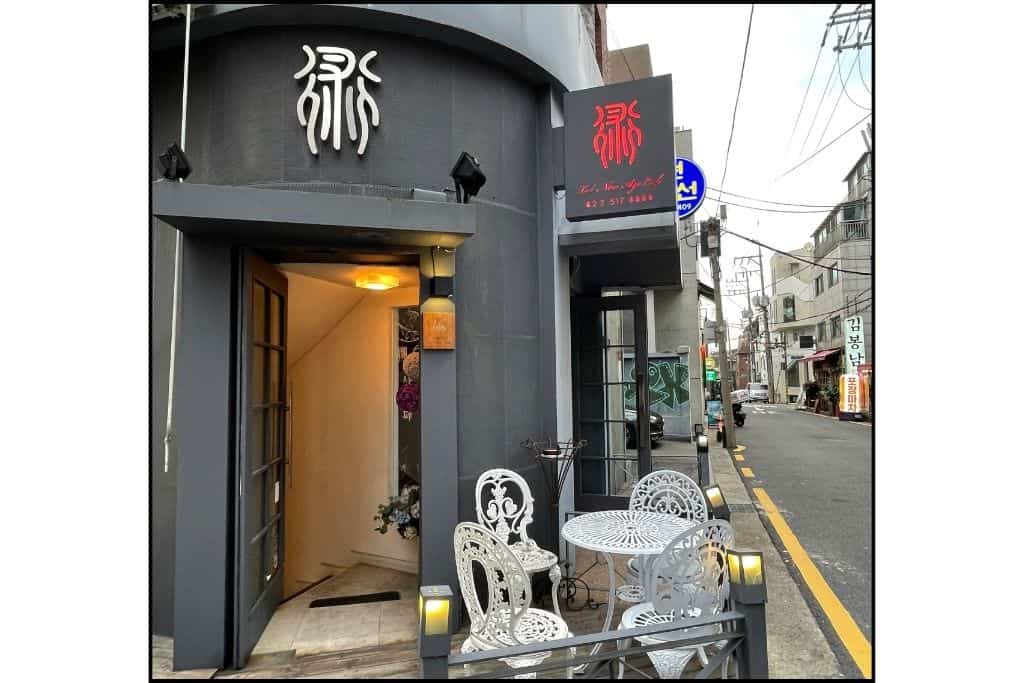
On the other hand, at a very busy Holly Coffee in Gangnam, I found a seat before I ordered because I wanted to sit down and take a rest. If I had waited until I ordered, I would not have found a seat.
To-Go Drinks
If you order your drink to go, you must leave the building. You cannot sit and sip until you want to leave.
A law went into effect in 2022 banning the use of single-use cups inside cafes. Some cafes will be strict, while others may not.
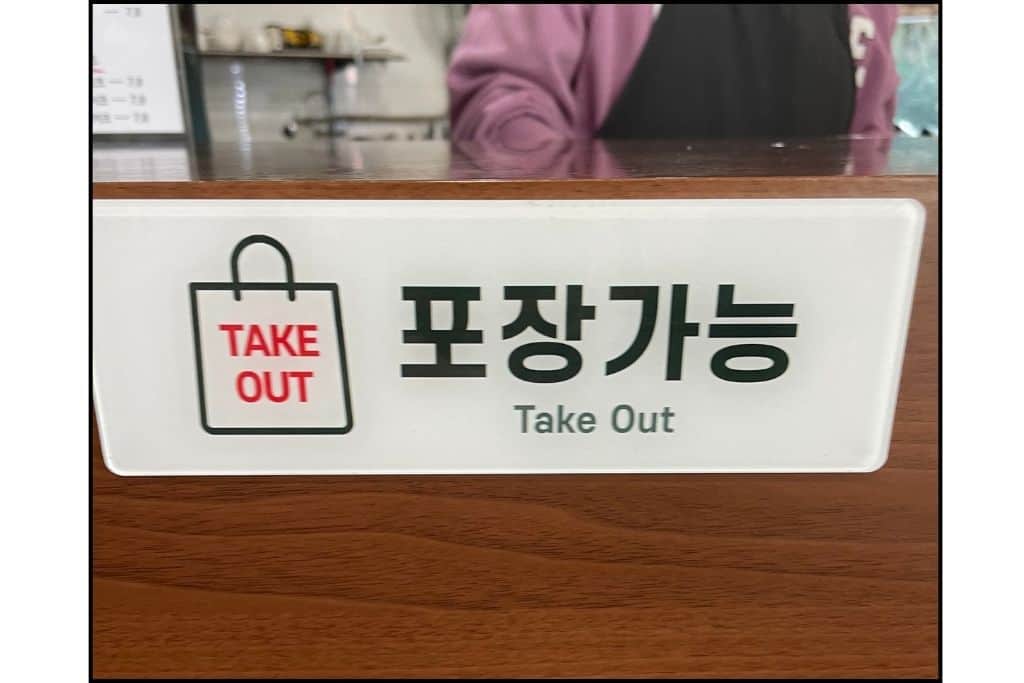
If you have a to-go coffee and are still inside and an employee says something to you, it’s most likely they are telling you that single-use cups are not allowed to sit or stay.
What To Expect At Restaurants
This quick etiquette guide is for dining when you’re out on your own or with fellow travelers—not with Korean locals.
Dining etiquette can be more complex when you’re with Korean companions, so these tips are designed to keep things straightforward for solo meals or casual outings.
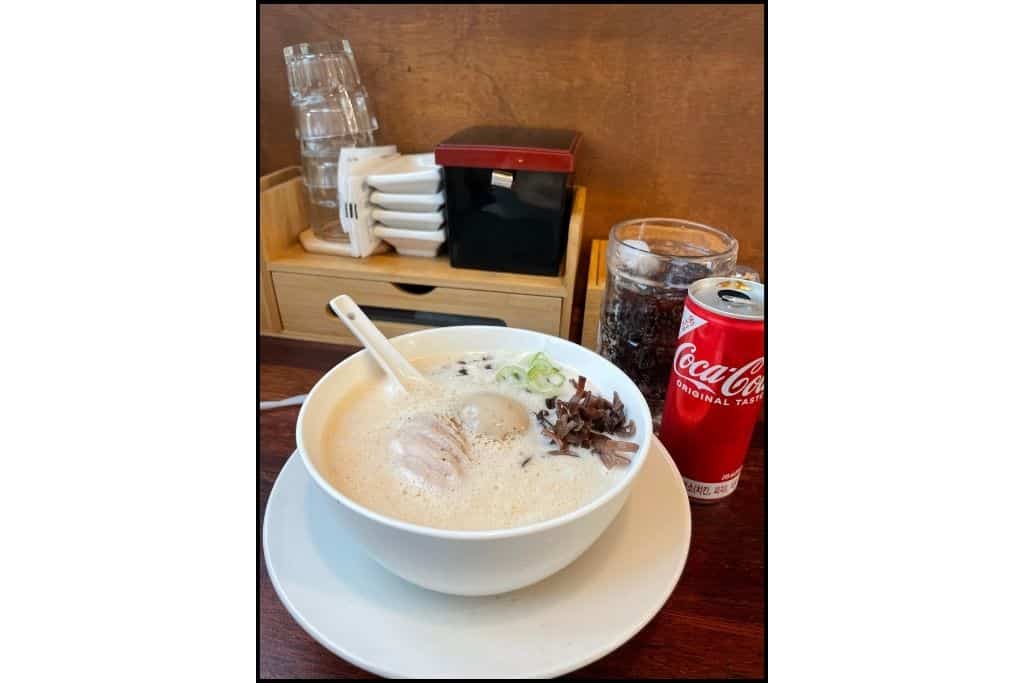
Grabbing Fast Food
The experience is similar to what you might expect, but you will most likely be ordering and paying on a screen. You can change the language to English.
Make your choice, upgrade to a ‘set’ adding a side and drink like a meal in the US, and pay. Take your receipt and wait for the order number to switch screens from being made to ready.
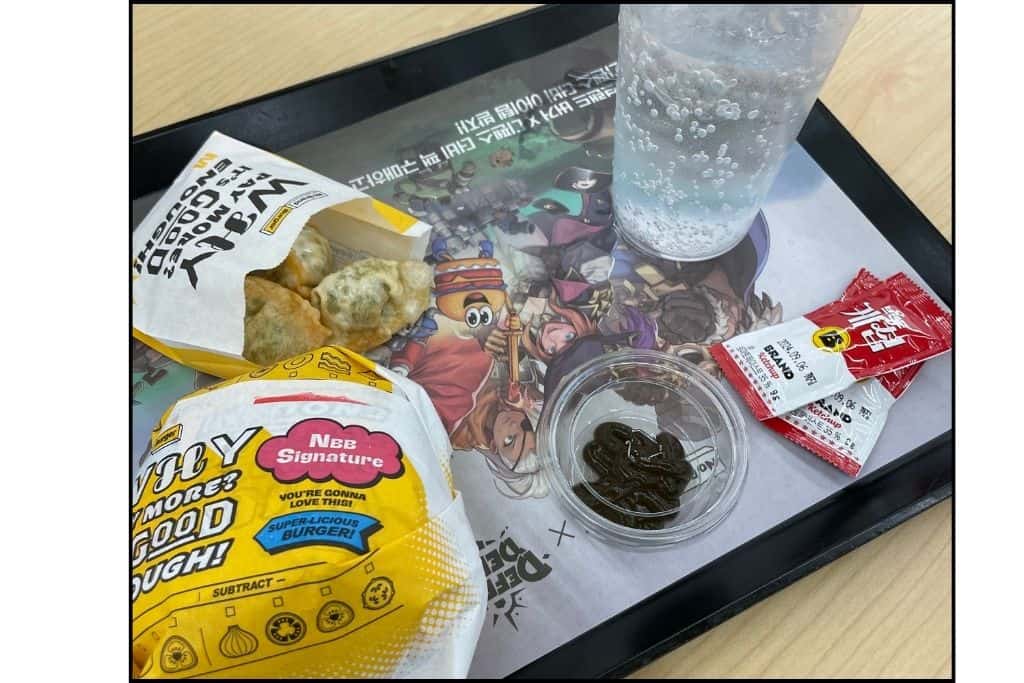
There is a drink, napkin, and utensil station. Please clear your table and separate your trash. Drinks are poured out, and cups are stacked in the trash can area.
Dining In
- You will be greeted and either shown where to sit or allowed to choose a seat.
- Utensils are in a drawer on the side of the table and may include a bottle opener and scissors, which are used to cut food.
- Use the buzzer to call the staff, as they typically don’t come around unless prompted.
- Do not stick chopsticks into a bowl of rice standing up, as it is associated with funerals.
- Water may be self-served or already on the table in small cups.
- Aprons or bibs might be available to protect your clothing.
- Tipping is not customary and may be considered rude.
- Avoid blowing your nose at the table as it is considered rude.
- When finished eating, pay at the register.
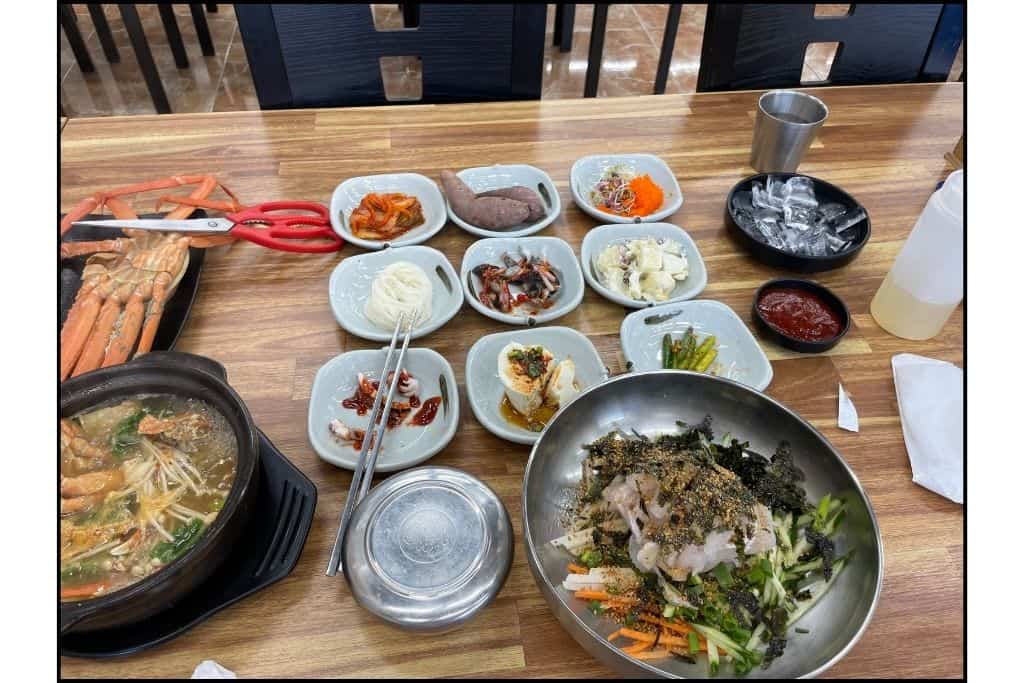
Miscellaneous Etiquette To Keep In Mind
- “Come here” gesture: Made with the palm facing down, moving the fingers or hand up and down slightly.
- Pointing at someone: considered rude; avoid using your index finger to point at people.
- Pointing at objects: Use your middle finger to point at something, such as items on a menu.
- Finger heart: Created by bringing your thumb and index finger together; this gesture shows affection, appreciation, or that you like something. It’s commonly seen in photos.
- V sign: A casual and popular gesture that can mean “Hey” or “Me too.”
- Forming an X: Crossing fingers or arms forms an X, which means “no.”
- Escalator etiquette: Stand on the right side and walk on the left.
- Clothing norms for women: showing collarbones and shoulders is often considered indecent. However, in larger cities like Seoul, and as a foreigner, you’ll likely be given some leeway.
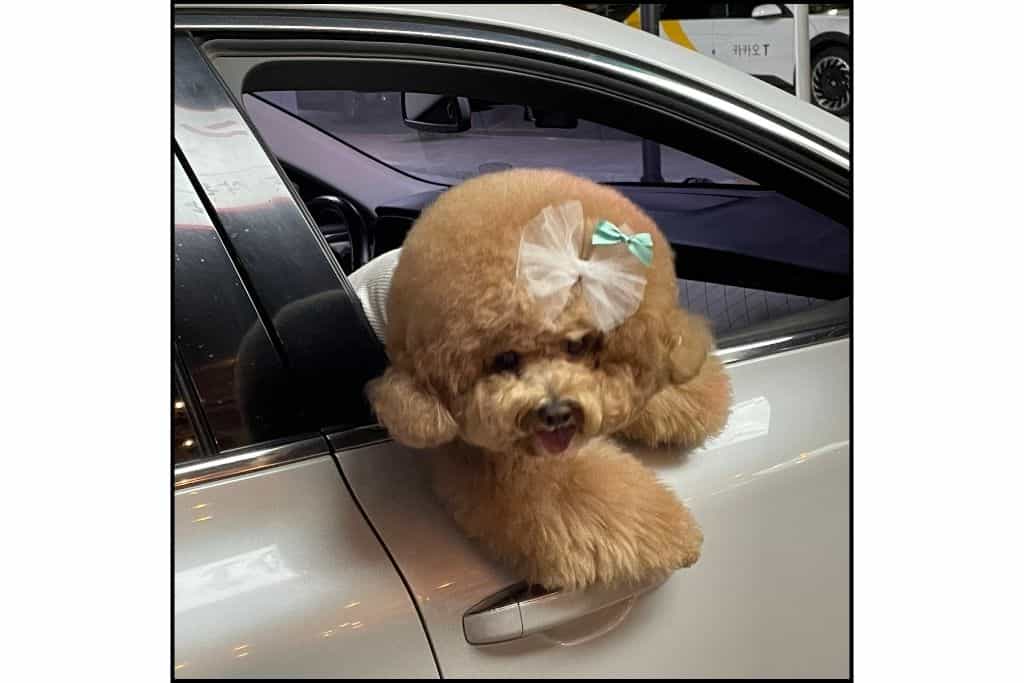
Ordering Stuff & Customs: Why You Probably Shouldn’t
Thinking of ordering something while you’re in South Korea or having it shipped to you?
Maybe a phone charger, skincare restock, or, believe it or not, an engagement ring? (Yep, that’s happened.)
Here’s the deal: South Korea has just about everything you could need. Power adapter? Daiso has those for around $3. Phone chargers? Sold everywhere.
So unless it’s something hyper-specific, there’s usually no need to order online.
And if you do? Your package might get stuck in customs for days, or longer. To receive it, you’ll need a Personal Customs Clearance Code (PCCC).
As a tourist, you can only apply for one in person at a customs office with your passport. It is advised you call the office before heading over, to see exactly what you needand if they can assist you.
Not exactly the detour you want on a one-week trip. Not to mention, there you might be responsible to pay a tax for the package.
Pro Tip: Save yourself the stress. Shop locally. Korea’s convenience stores, marts, and Daiso locations have most daily essentials—often for less than what you’d spend on shipping anyway.
FAQ
Although it is considered a respectful gesture, Koreans do not expect foreigners to bow to them. If you find you have angered someone, you can do a slight bow along with an apology. Or if you really want to show respect and thanks to someone, you can do a slight bow.
Amongst strangers, it is not welcome. Once you are friends, you can ask to hug. But don’t be surprised if they are not comfotable with hugs.
In fact, you might see friends walking arm in arm or holding hands while walking around. This is very normal and accepted between friends and parents with their children of all ages.
Wearing jeans in South Korea is common and widely accepted, making them a versatile choice for casual outings. However, in more formal settings or upscale venues, locals often opt for dressier attire, so consider the occasion when deciding your outfit.
Depending on the weather, jeans might not be the most comfortable option—summers can be hot and humid, while winters are often cold and harsh. I wear my jeans in the spring and fall when I visit.
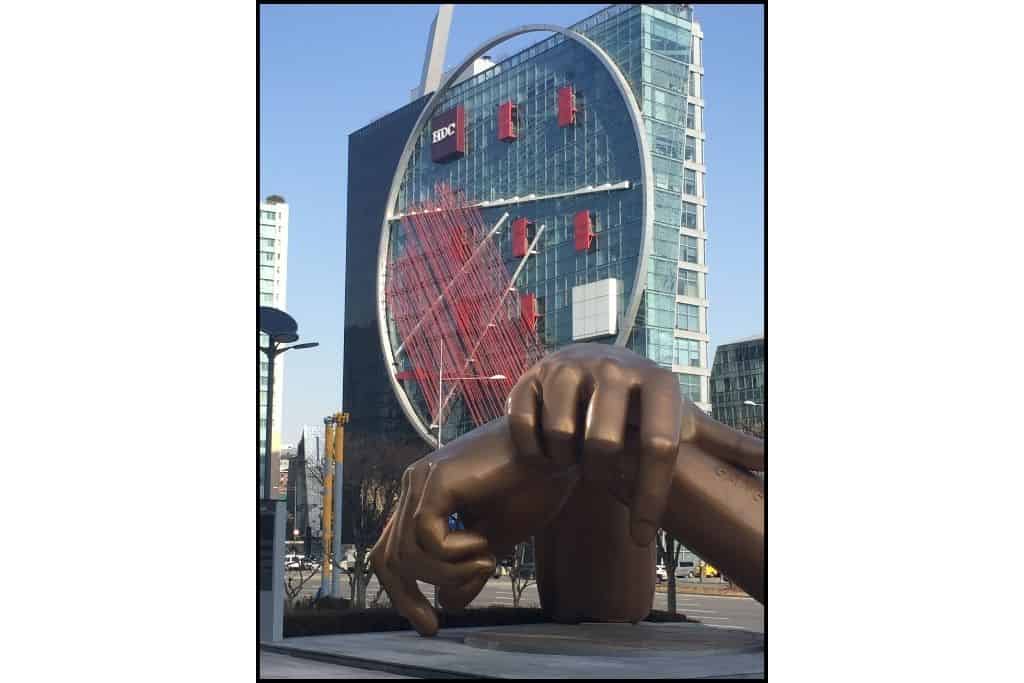
Takeaways For Culture Shock And Etiquette
Culture shock in South Korea can be both surprising and enlightening for some. Having an idea of what to expect helps you feel more prepared and less bewildered as you navigate the country’s unique customs and practices.
While some differences may seem odd at first, they offer valuable insights into South Korea’s rich culture and values.
Once you familiarize yourself with the local norms, adjusting becomes easier, allowing for a more enjoyable and respectful experience.
Embracing these cultural nuances not only enriches your trip but also fosters a deeper connection to the country and its people.
Most importantly, relax and enjoy your visit.
Ready to Explore Korea with Confidence?
Now that you’ve got the etiquette basics down, check out these helpful guides to plan your trip like a pro:
✅ Where to Stay in Seoul – Neighborhood breakdowns for every budget
✅ Things to Do in Seoul – Landmarks, markets, and hidden gems
✅ Best Markets in Seoul – Street food, souvenirs, and people-watching gold
Bookmark these so you’re not winging it when you land!
